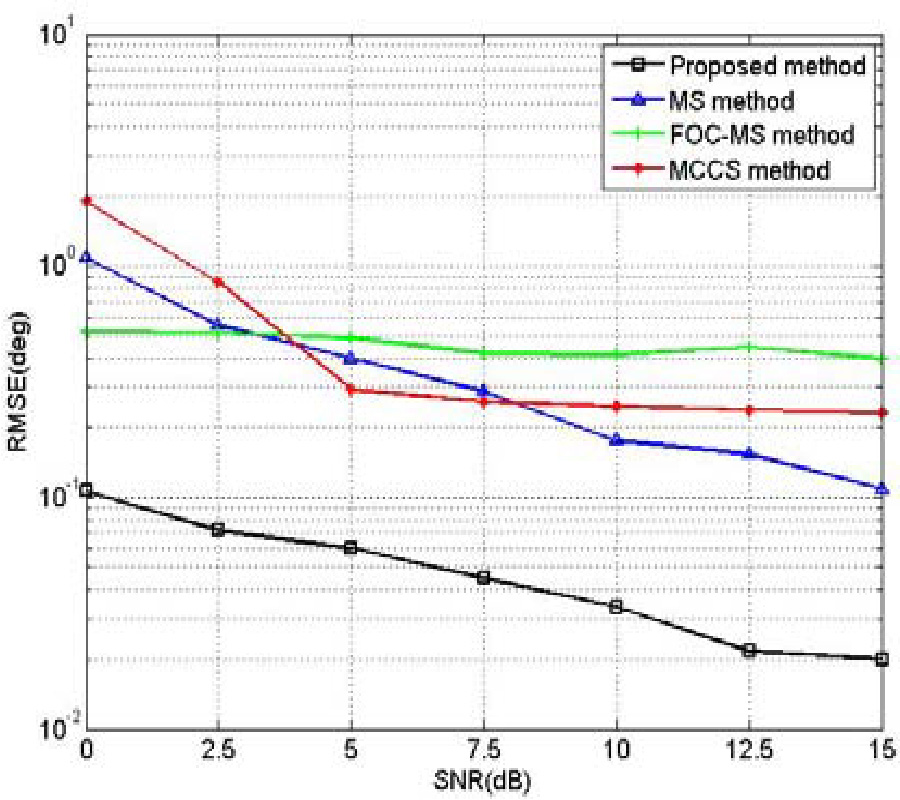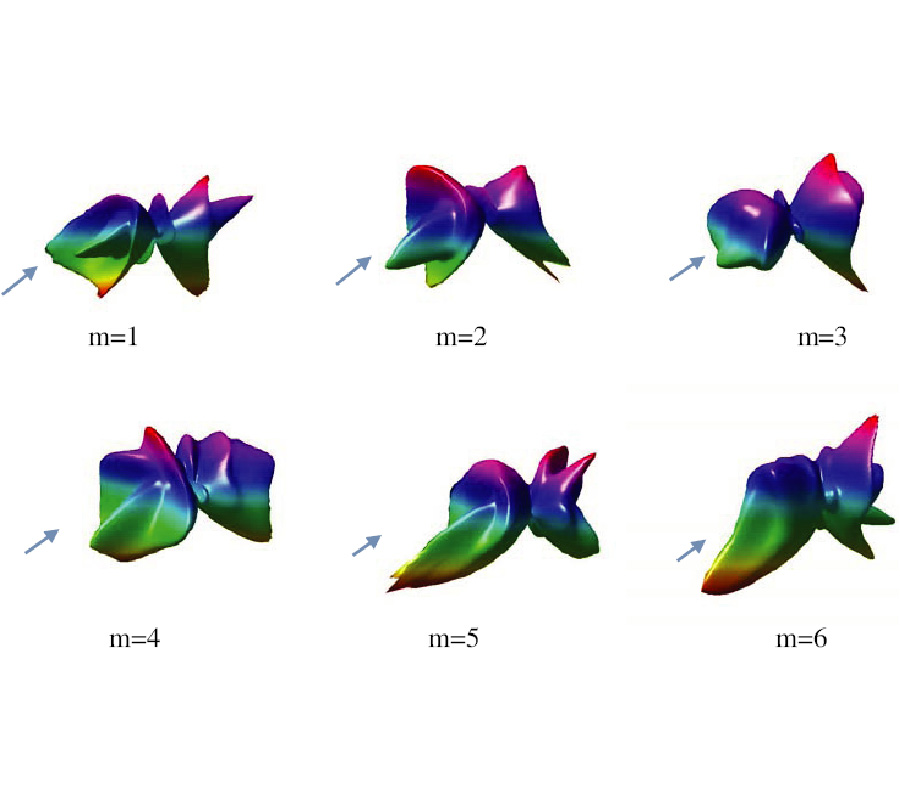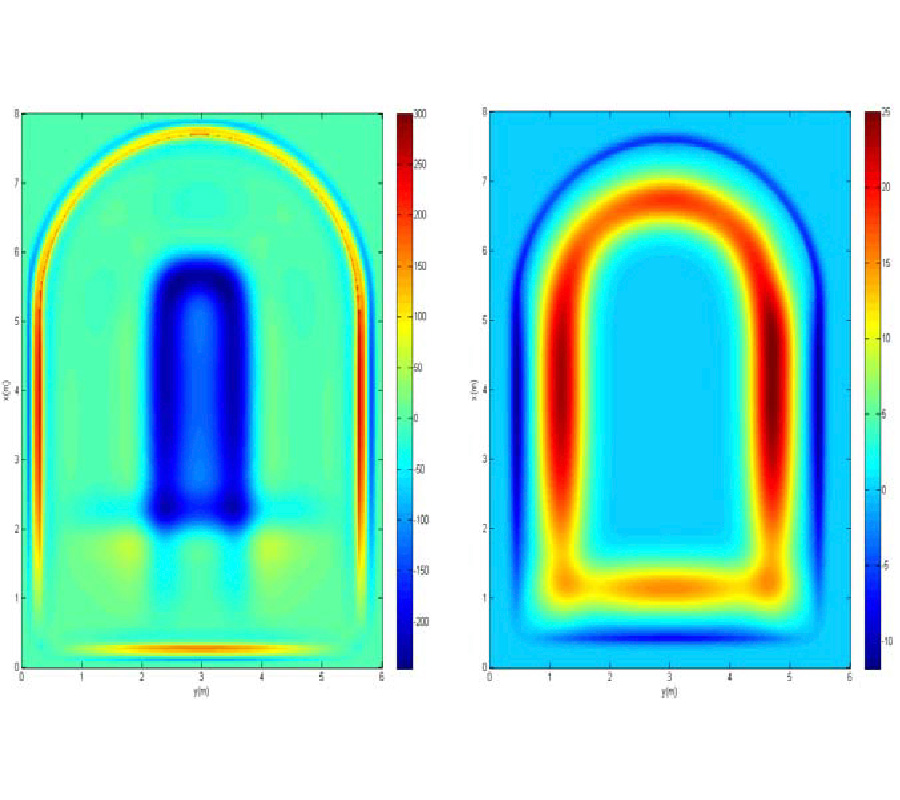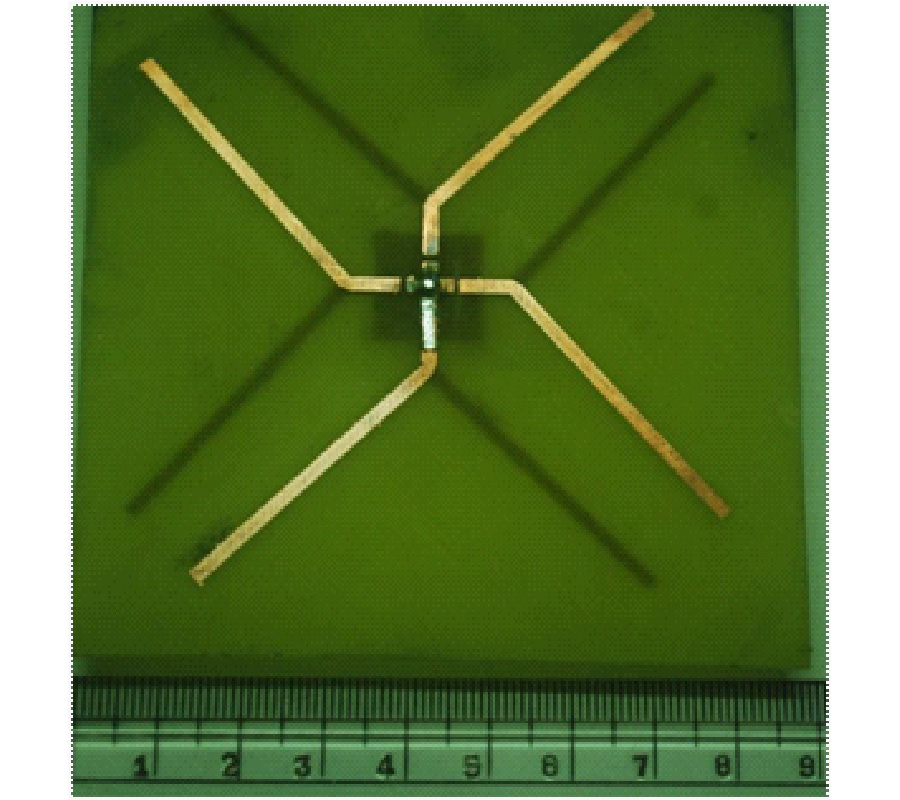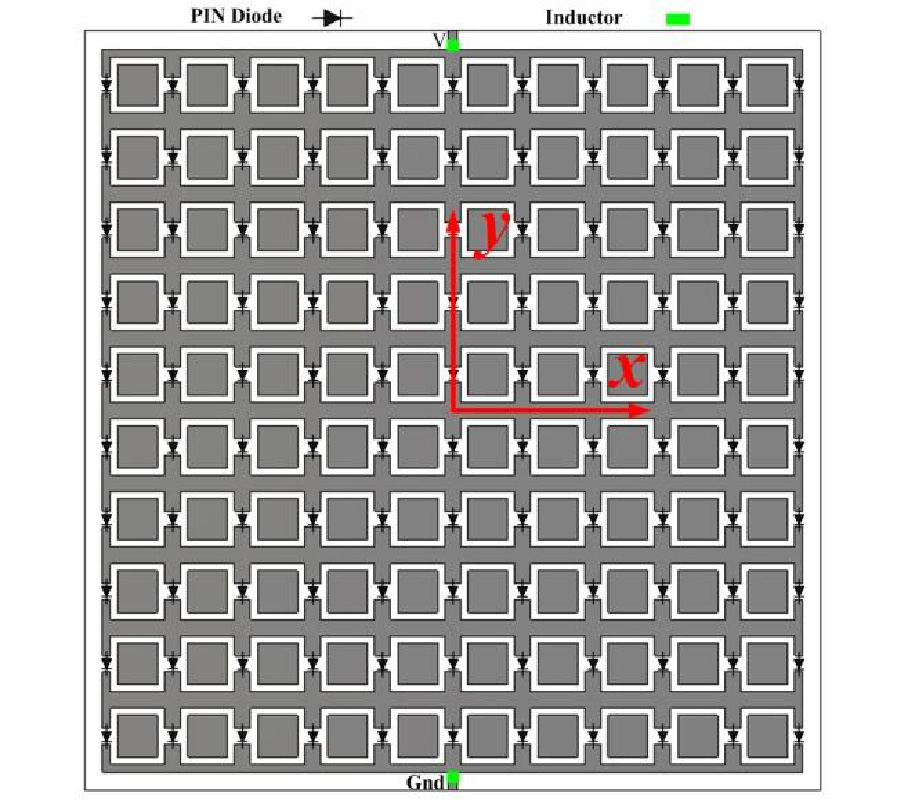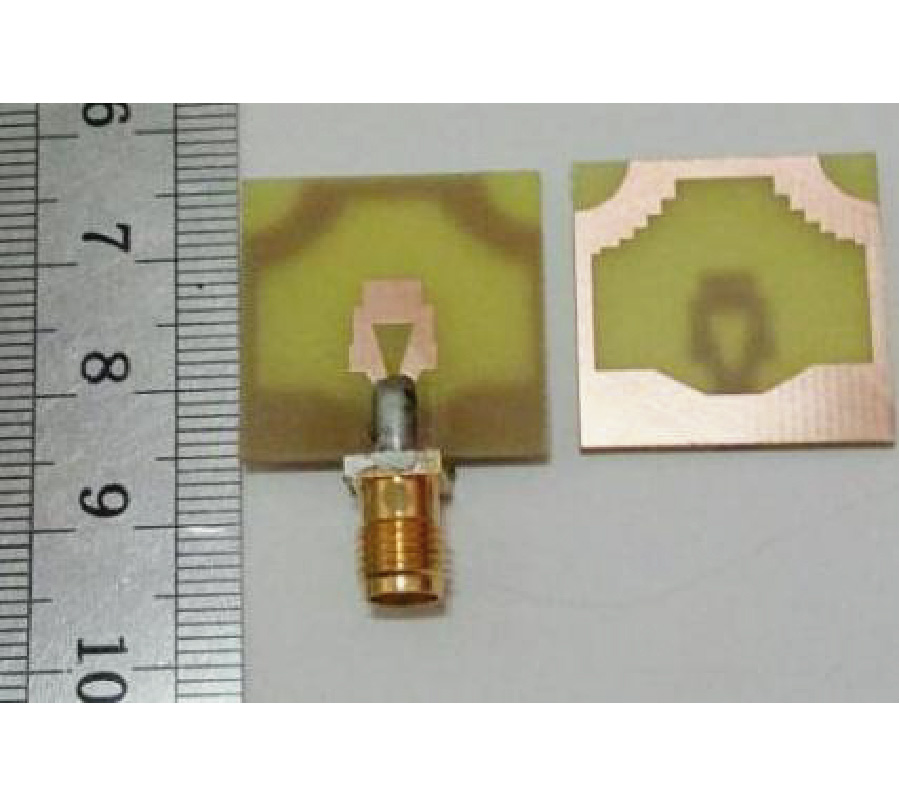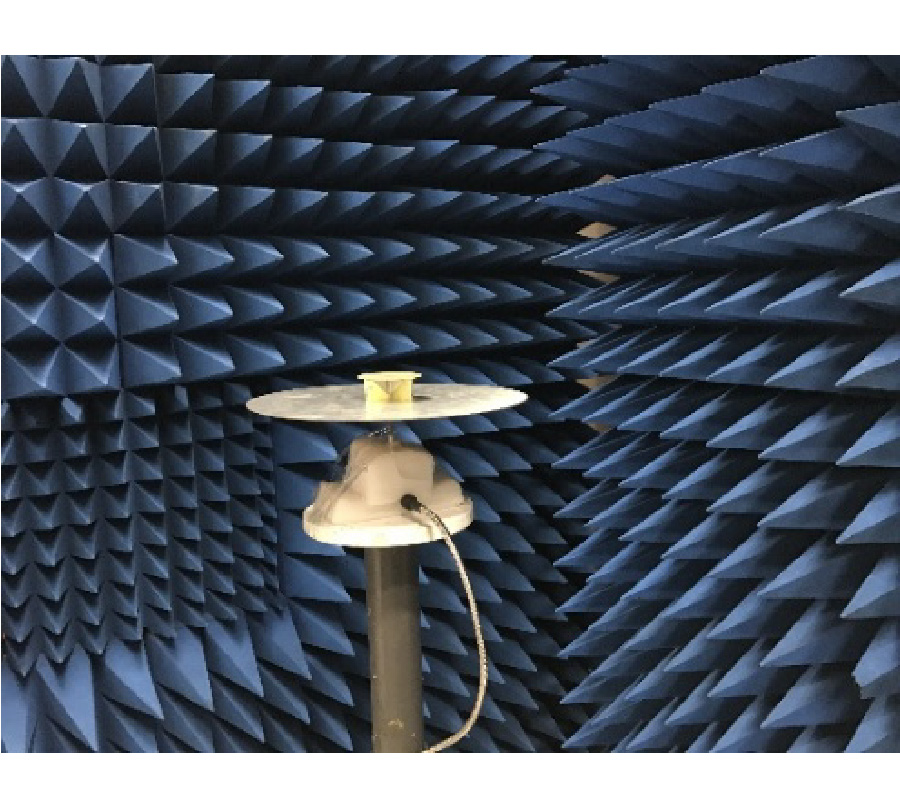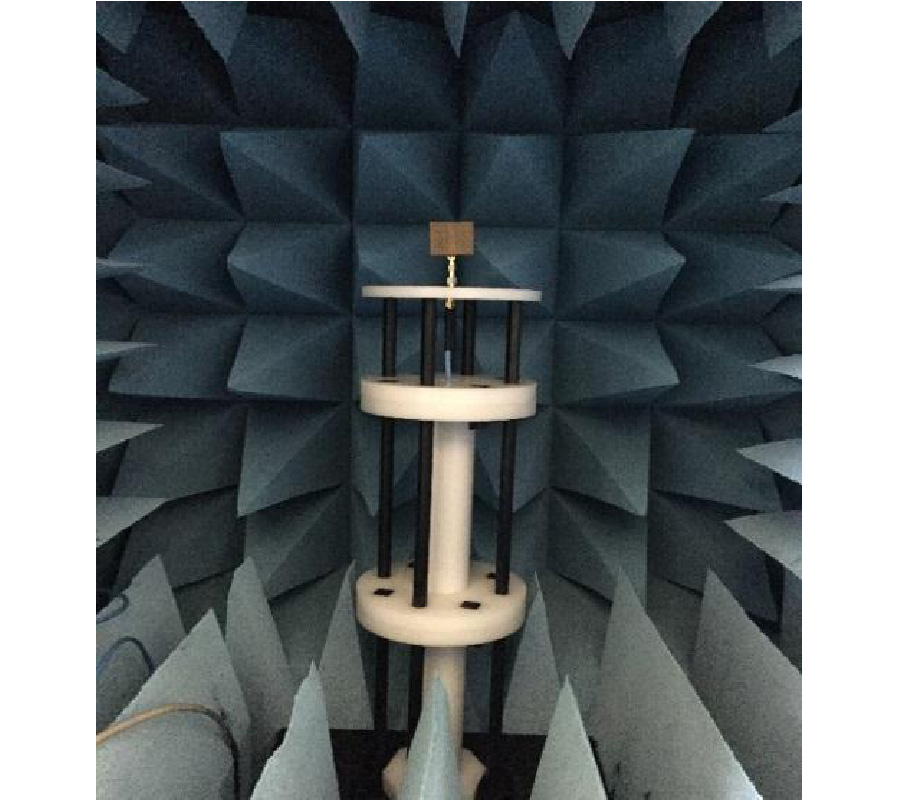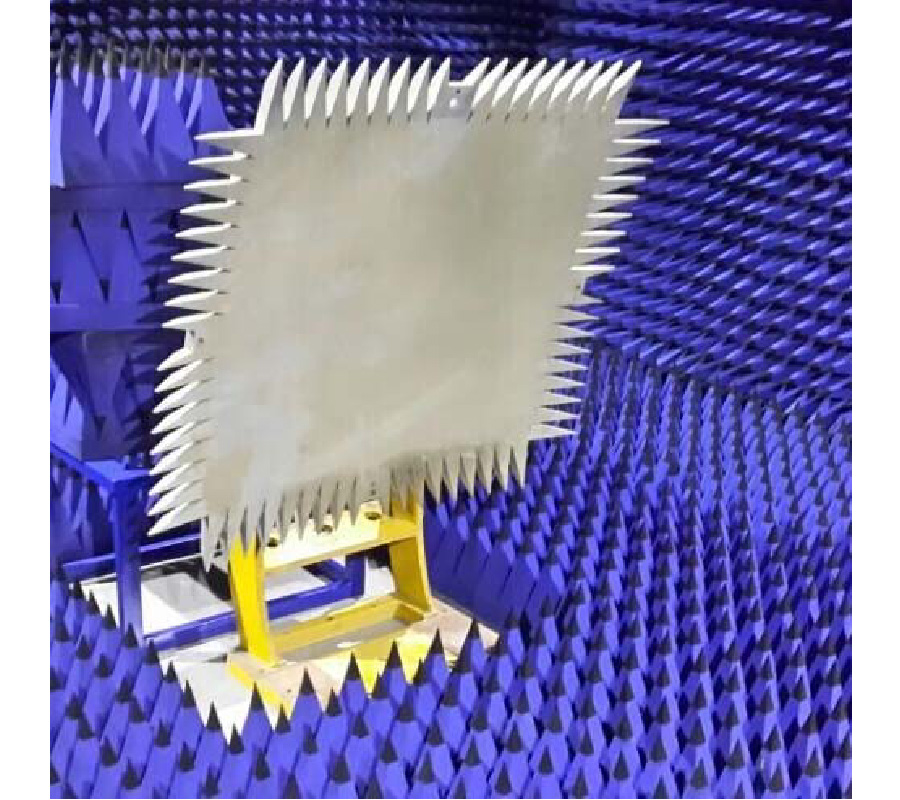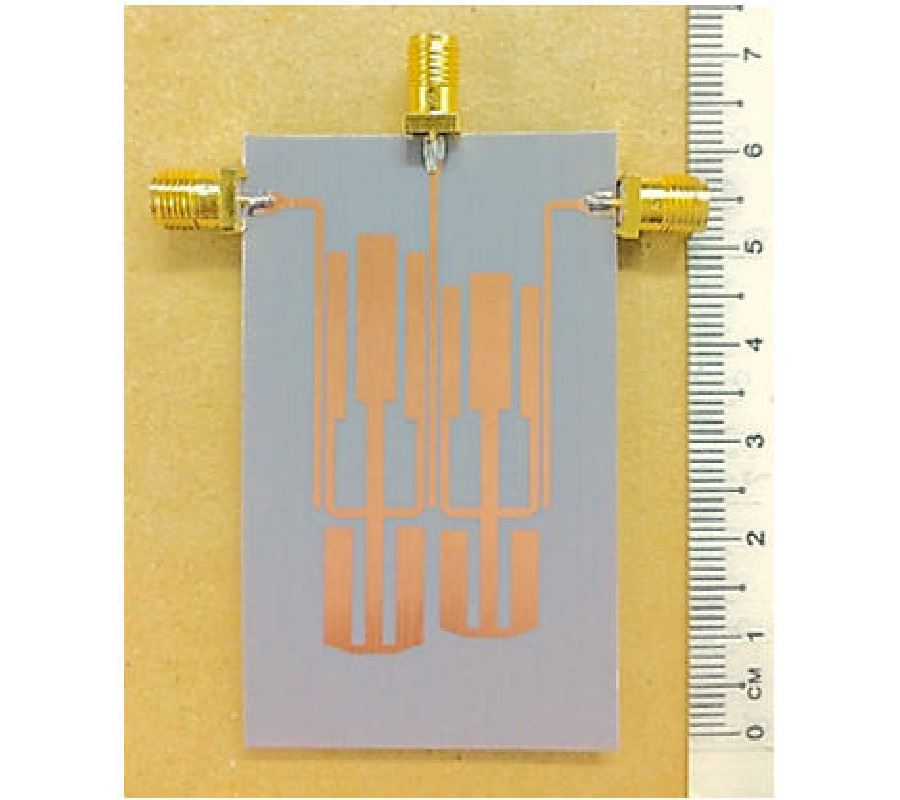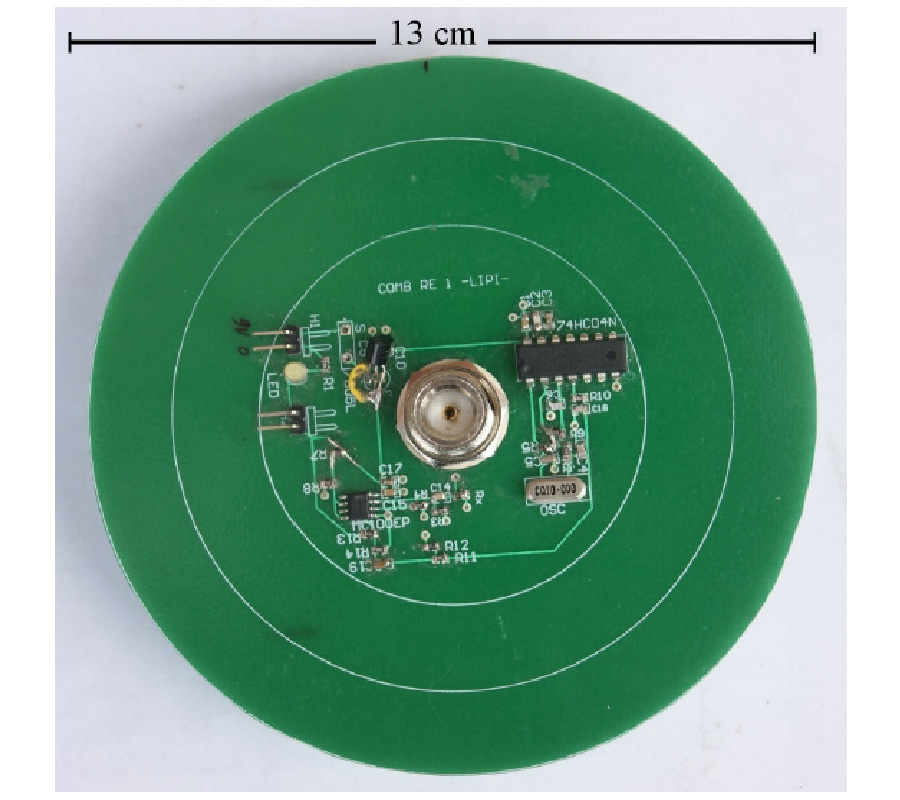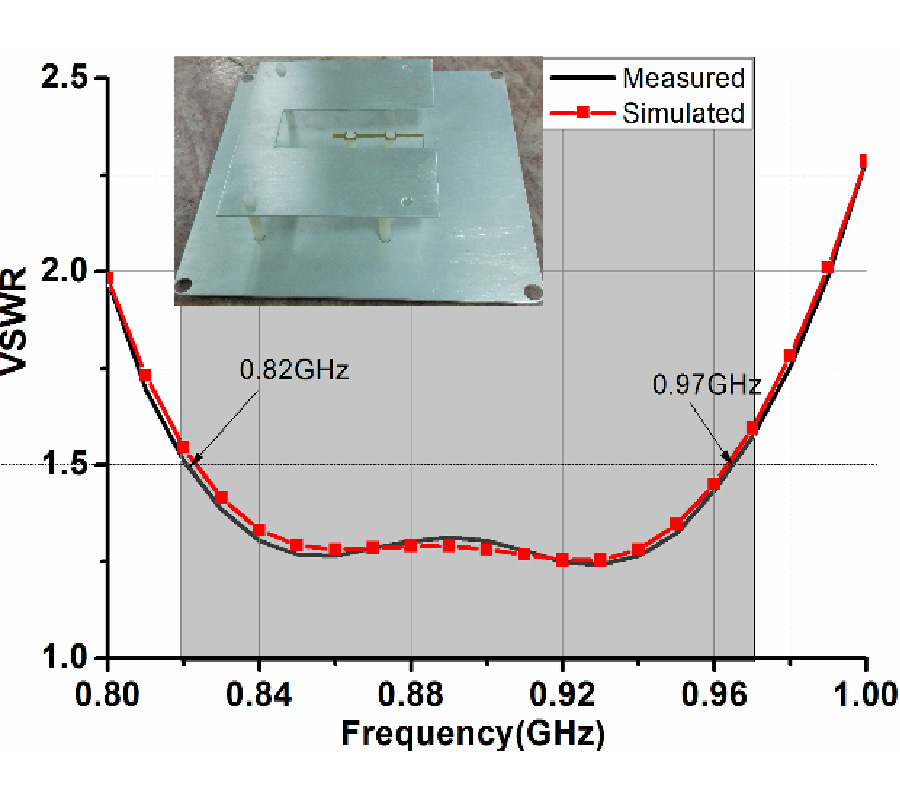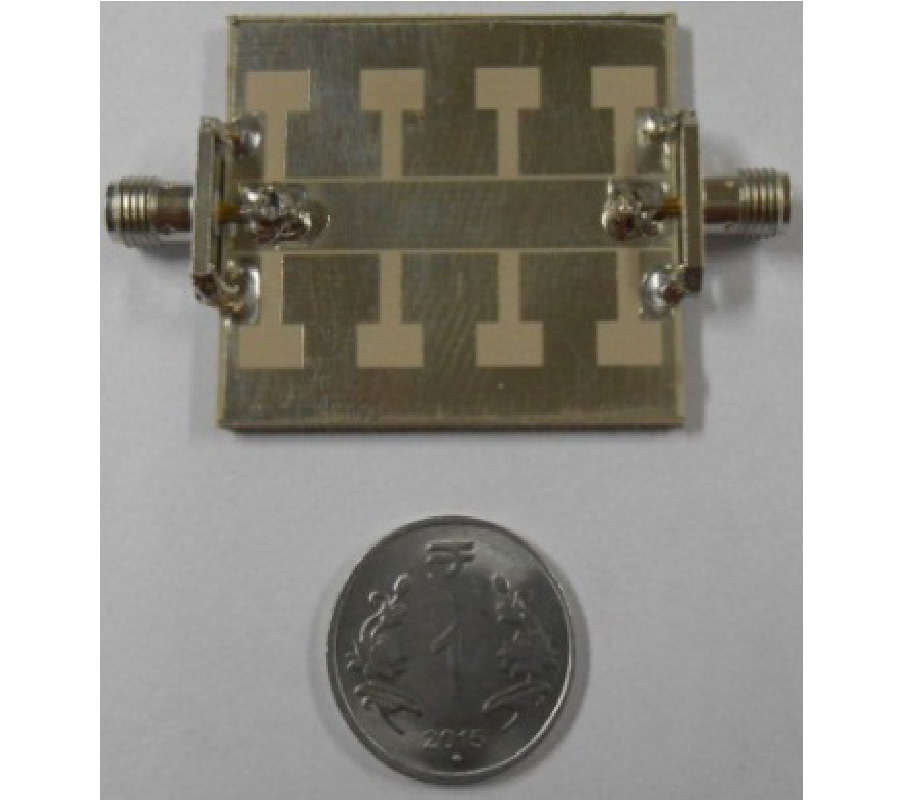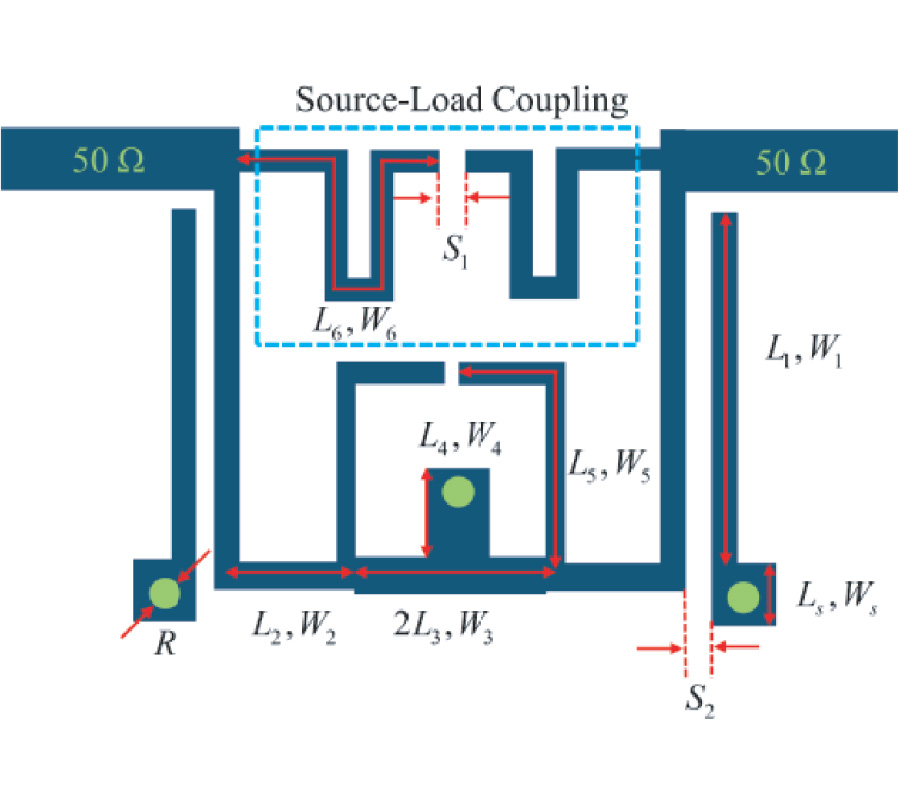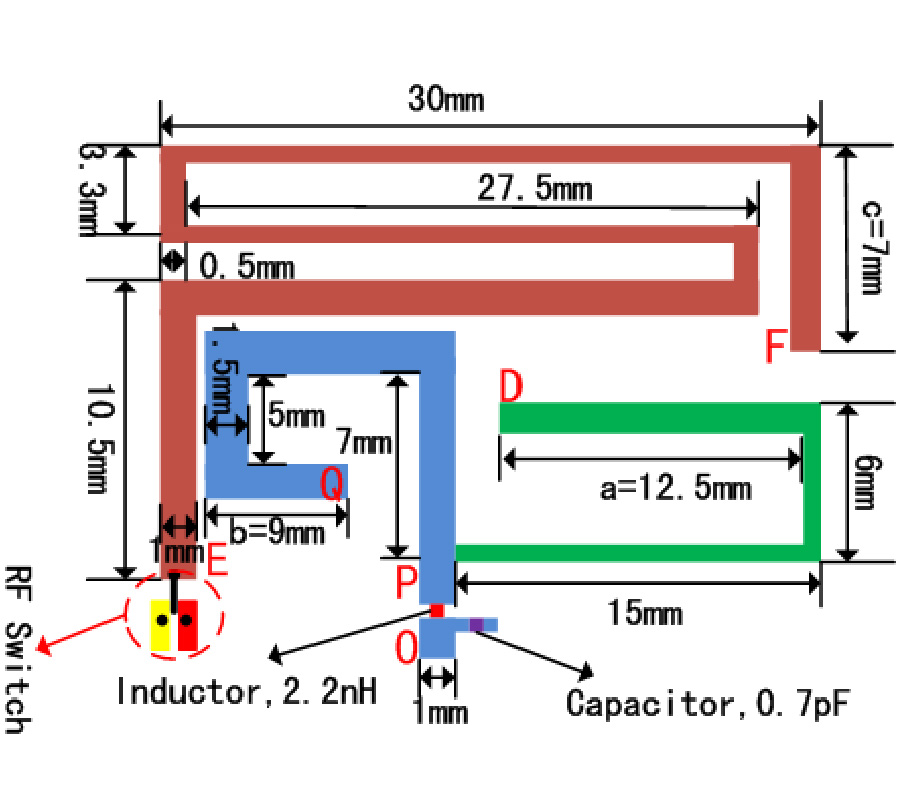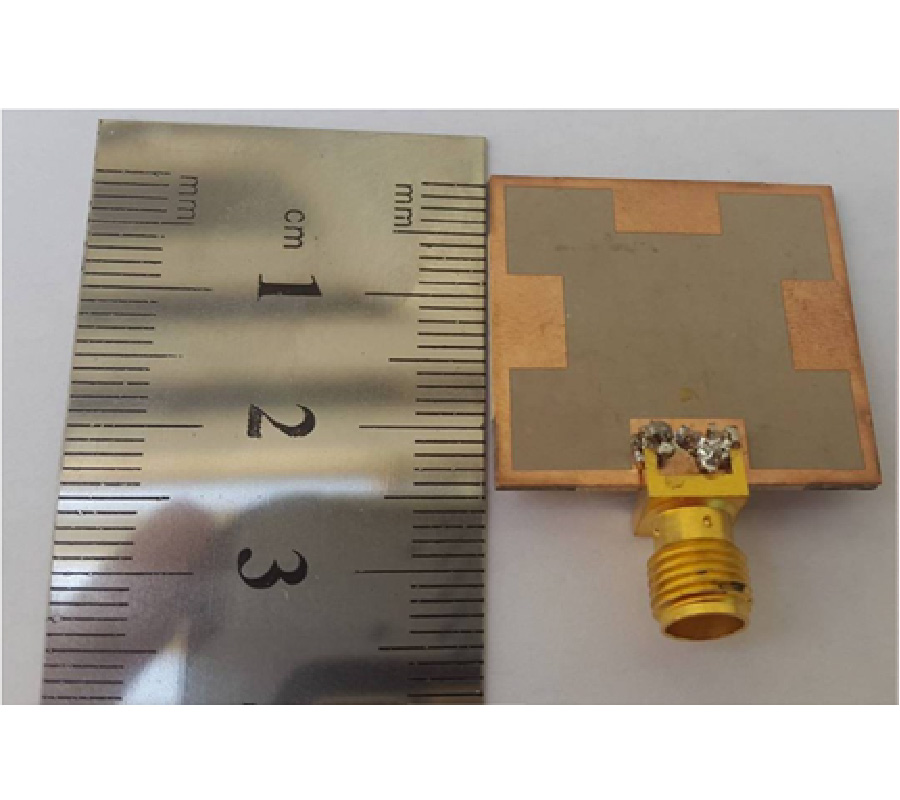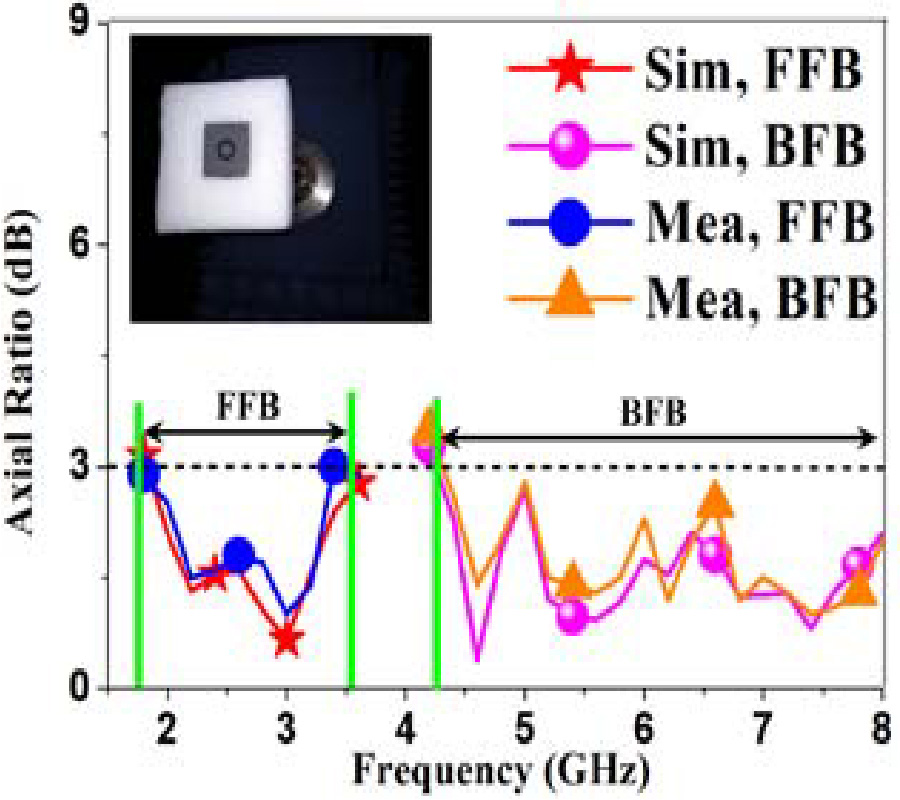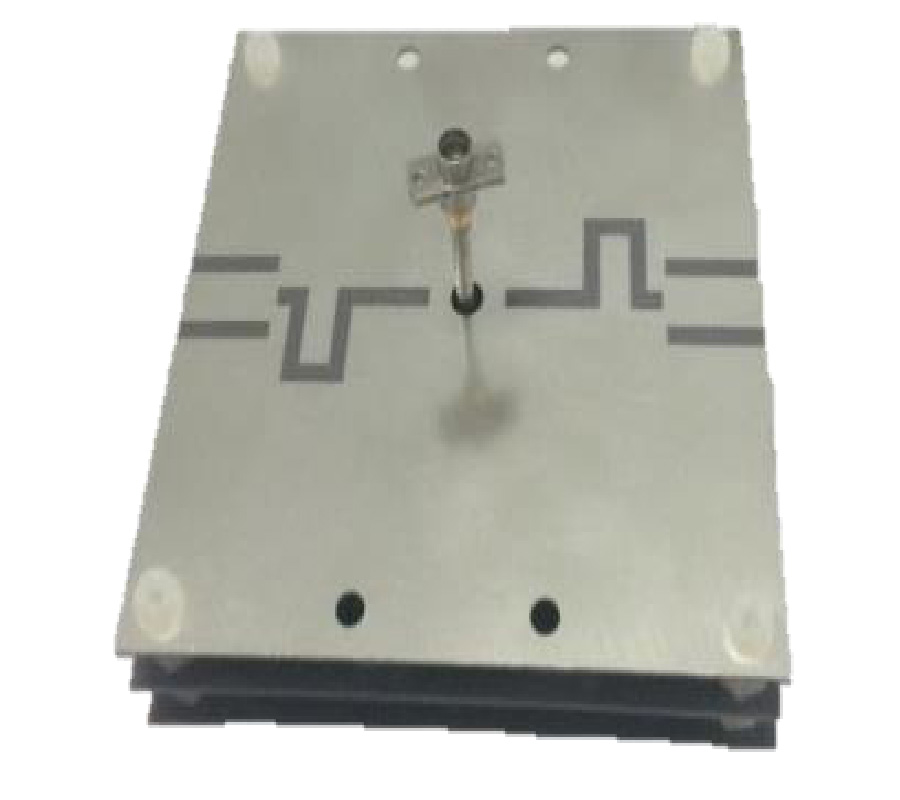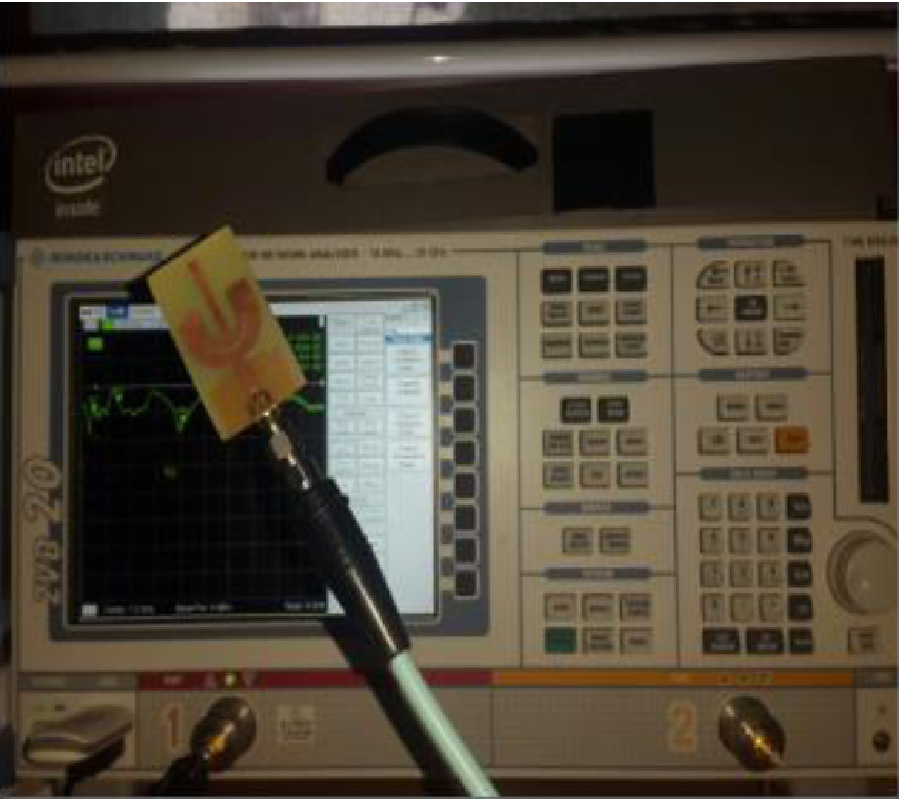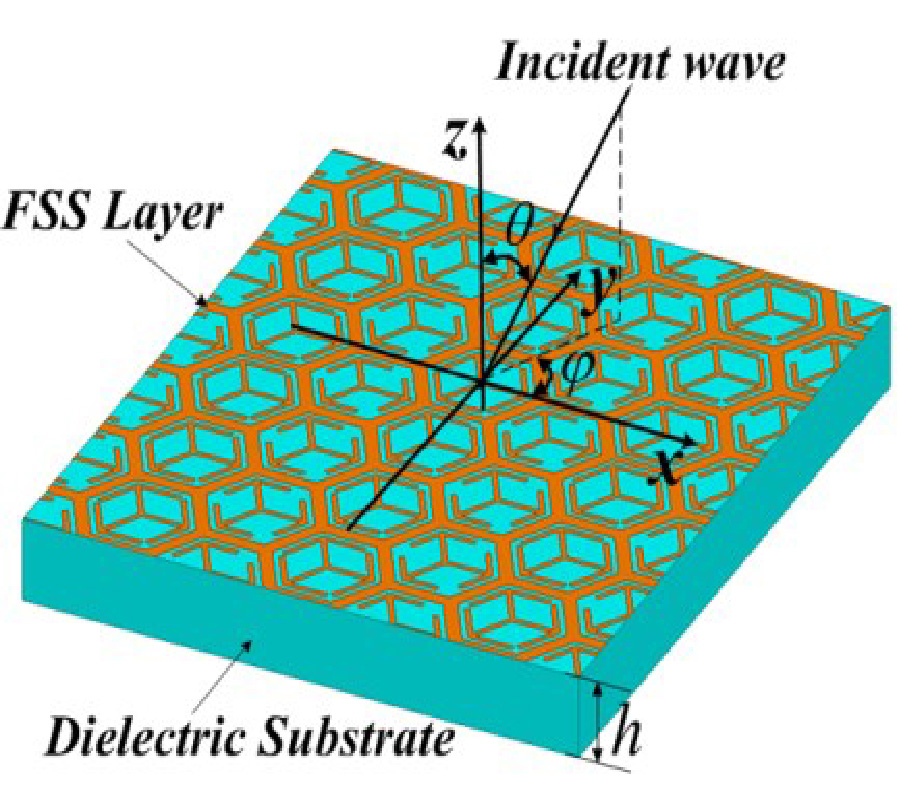A Coupled-Fed Reconfigurable Antenna for Internal LTE Mobile Phone Applications
Xinxing Zhong
In this paper, a multi-frequency broadband planar reconfigurable antenna is designed for smart mobile phone applications. The antenna comprises two monopole strips and a parasitic shorting strip, and generates several independent resonant modes through this kind of stub loading. The miniaturization and broadbandization of the antenna is achieved by bending the strip line and using coupling feed. In addition, loading the matching circuit at the feeding point, the bandwidth can completely cover 824-960 and 1710-2690 MHz. In order to cover a lower band LTE band 20 (800 MHz), a RF switch at shorting point is used to switch low frequency to 791 MHz. So the proposed antenna can work at GSM850,900; DCS1800; PCS1900; WCDMA bands 1, 2, 4, 5, 8; TD-SCDMA bands A, F; CDMA BC0,BC1 and LTE bands 1, 3, 5, 7,8, 20, 38, 39, 40, 41. Also, the total size of the antenna is 15 mm×30 mm×0.8 mm, which is very suitable for 4G slim smart mobile phone applications.
